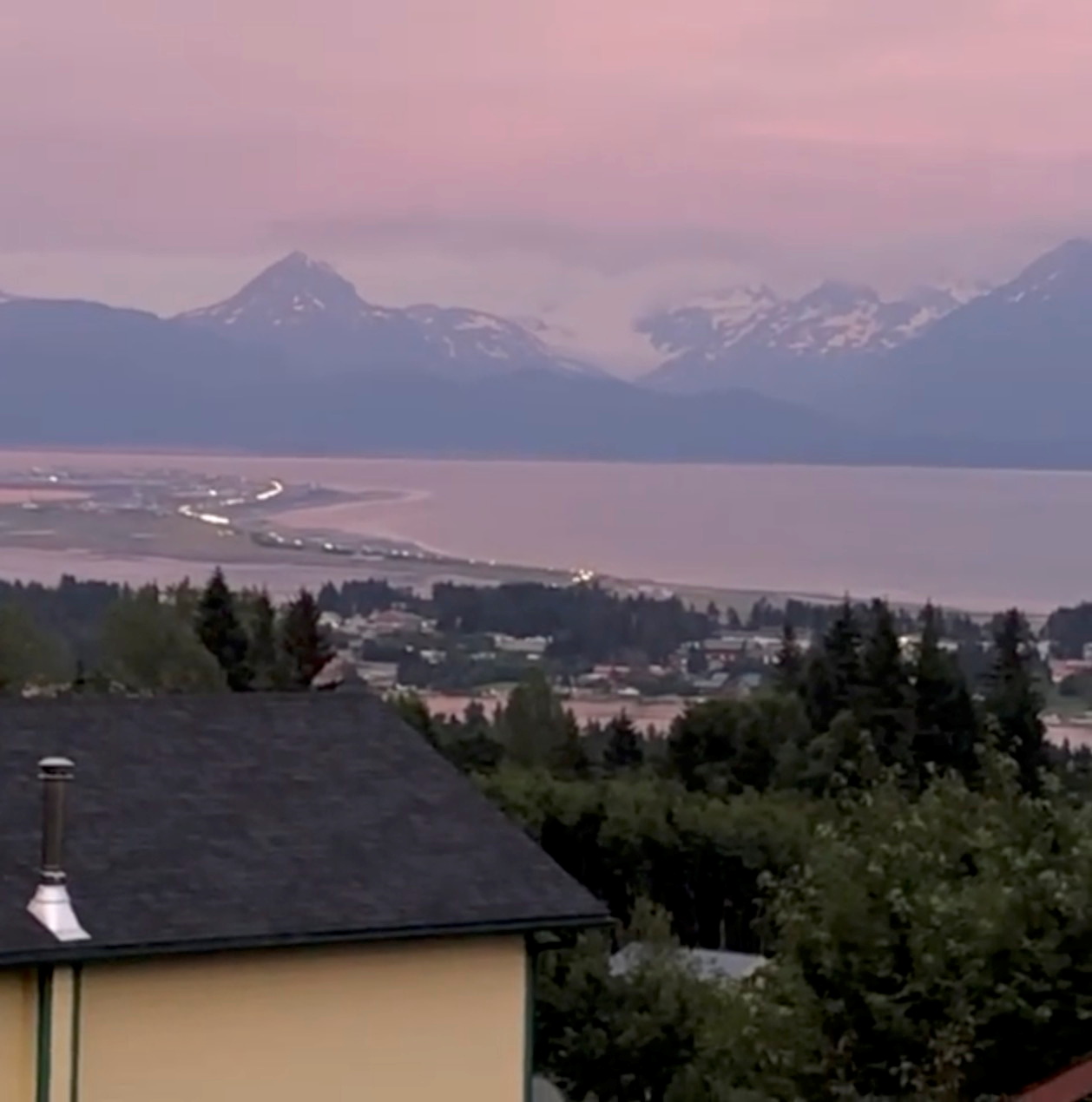
Justin Bullock, FISM News
[elfsight_social_share_buttons id=”1″]
On July 28th an 8.2 magnitude earthquake rocked Alaska near the Aleutian Islands. This is the most significant earthquake in the US since 1965 when an 8.7 magnitude earthquake occurred in the same area. Thankfully there was hardly any damage reported thus far, as the earthquake’s epicenter was very deep, occurring 20 miles underground, and the area impacted is sparsely populated.
For context, the earthquake occurred approximately 500 miles away from Alaska’s largest city, Anchorage. In addition, the Alaska Earthquake Center told the press that earthquakes are extremely common near the Aleutians as it is a subduction zone where the Pacific plate dives under the North American plate. This geological structure results in a hot spot for seismic activity producing thousands of earthquakes each year. The only exceptional aspect of Wednesday’s quake is its historic size.
A tsunami warning was issued after the quake and a number of evacuations were conducted in some of the tiny coastal towns. The US Coast Guard reported that some minor tsunami activity had occurred and that at least two of the quake’s aftershocks came in at magnitude of 6.
Stephen Holtkamp, who works for the Alaska Earthquake Center, observed that this earthquake is likely related to the 7.6 magnitude earthquake that occurred in July of last year. He told the press, “When that happens next to an area that’s still locked, it increases the stress in the adjacent area. It makes it more likely that something is going to happen adjacent.” Holtkamp went on to emphasize that the earthquake, while huge and historic, was not especially dangerous, “Even if you were right on top of the earthquake, you’d still be 30 kilometers away from it because it was so deep.
